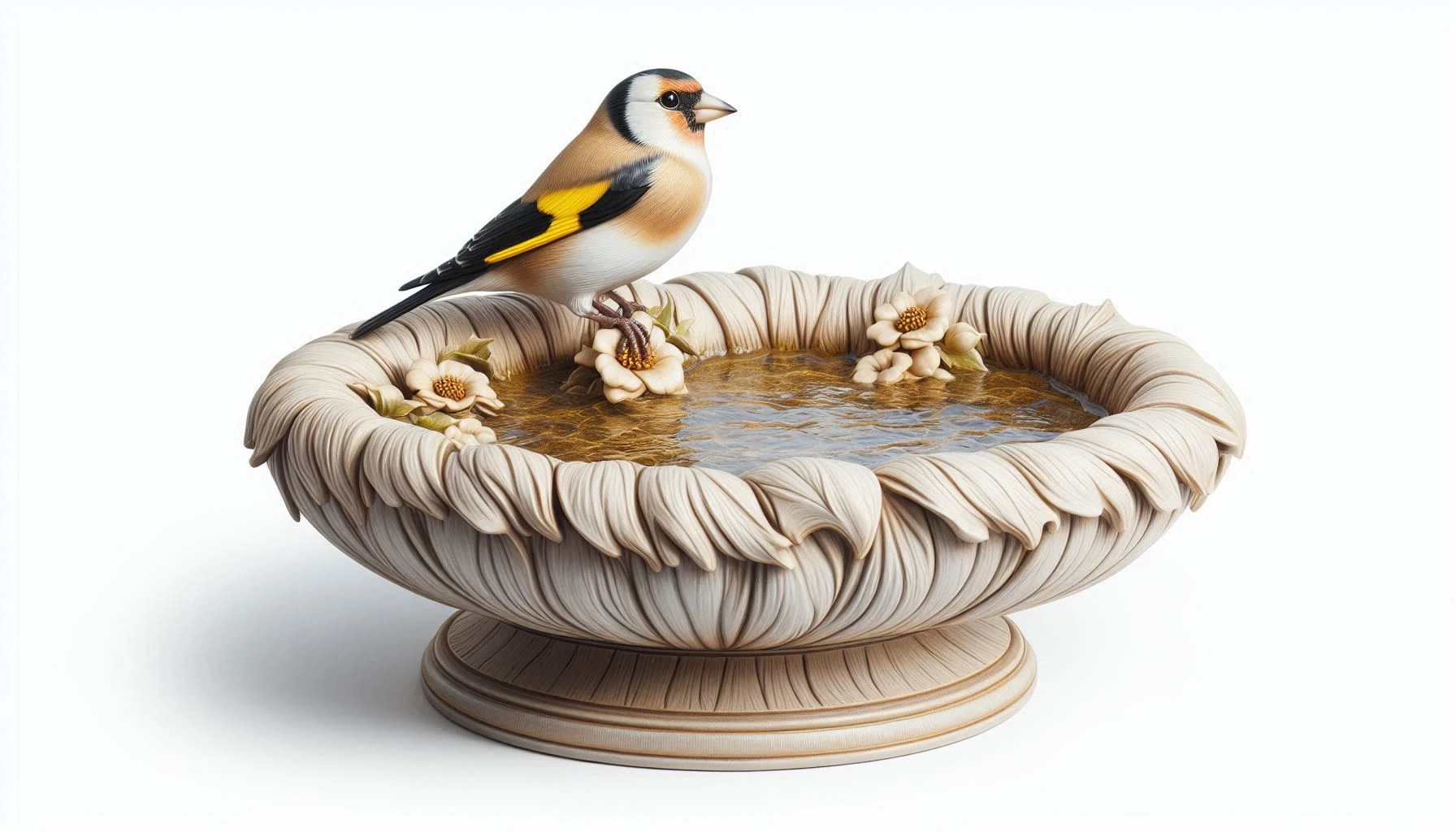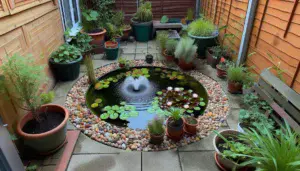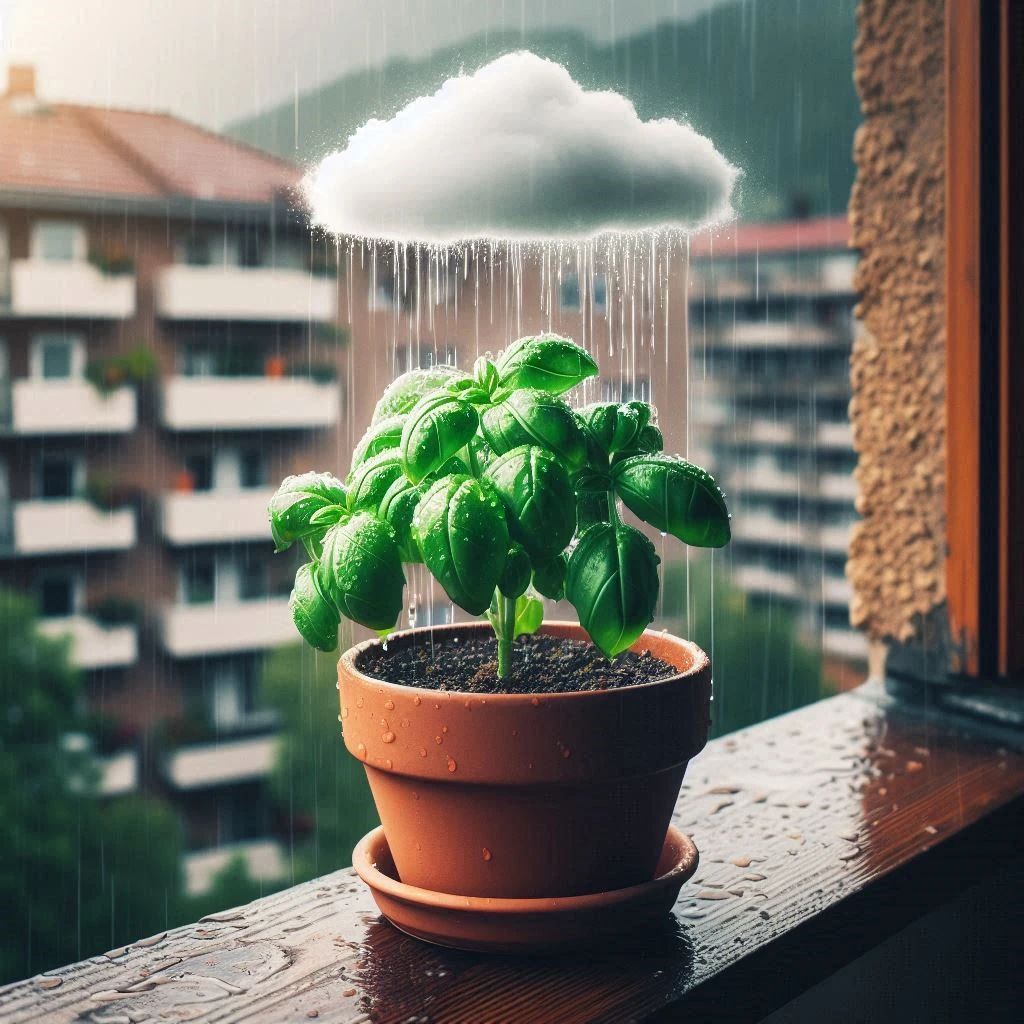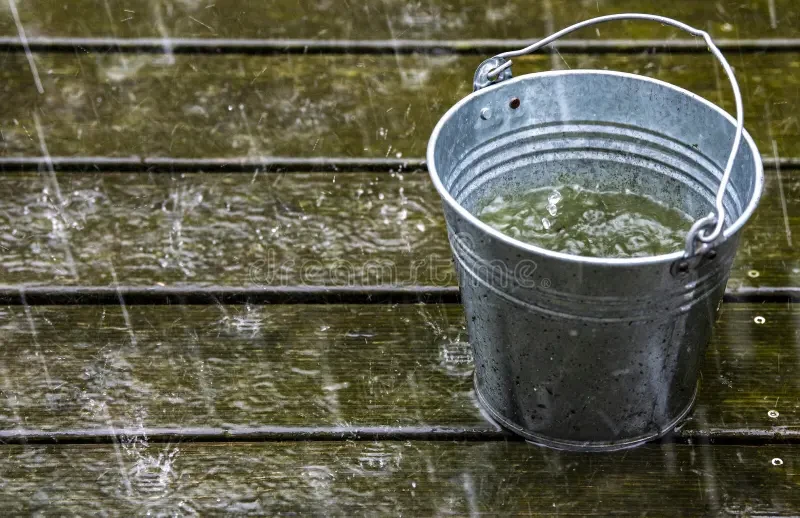Water features are your hidden gems of the garden. They add a splash of beauty and tranquility to any garden and they also help create a soothing environment. The gentle sound of trickling water can transform a compact space into a personal retreat, a perfect place to unwind and relax.
Getting started with a water feature doesn’t have to be elaborate or expensive. With a little creativity and a few basic DIY skills, crafting a personalized water feature is entirely something you can do. Imagine a simple tabletop fountain or maybe a small pond with a tiny waterfall—these can fit beautifully in little nooks of your garden without taking up much space.
First off, let’s talk materials. You might want stone, ceramic, or even repurposed items like vintage bowls for a touch of character. It’s about improvising with what you have or what you can easily source from local markets or craft stores. A couple of buckets, a small pump, and some waterproof sealant might be all you need to kick things off.
When setting up, ensure you’ve got a decent plan. Sketch out your idea, measure your space carefully, and think about the logistics like water supply and electricity if needed for a pump. Remember, we’re not building a mammoth waterfall! A compact design with a small pump can circulate the water efficiently, maintaining that serene babble without excessive cost.
Speaking of costs, don’t sweat it. You don’t need to splash out on fancy setups. Think about starting small, maybe with a simple bubbler or bubbling urn, which can be quite affordable. As time goes on, you can always add a bit more flair if the mood strikes. A well-placed water feature might just surprise you with how easily it elevates your garden vibe: Enhancing Aesthetics and Utility
Proper Placement: The Impact Effect.
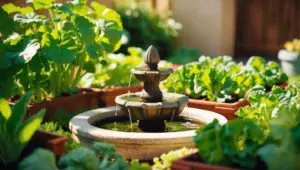
Where you place your water feature can make or break its impact. Choosing the right spot is about aesthetics and practicality. Consider how light moves across the garden during the day. A water feature in the shade might not have the same sparkle as one lit up by sunlight. But there is another factor in play here as too much exposure can lead to excessive algae growth. Balance is key here.
Avoid placing your water feature too close to large trees or shrubs. Roots can intrude on the structure and, honestly, cleaning leaves out of a pond isn’t anyone’s idea of fun. Keep it away from any spots prone to flooding or waterlogging too as that can lead to overflow problems or muddy messes.
Proximity to a power source is another practical point to mull over. If you plan on using a pump, save yourself some hassle and make sure it’s an easy connection. Alternatively, consider a solar-powered pump which eliminates one tricky problem of having wires snaking through the garden.
Think about sightlines from different parts of your home and garden. A well-placed feature can be a focal point visible from both your living room and kitchen, making those views out the window extra special. It’s not just about looking nice up close, but how it fits into the larger landscape of your living space.
Finally, don’t forget the microclimate factor. Humidity from a water feature can be beneficial for some plants, but too close and it may even harm others. Observing how a location interacts with its surroundings over a few days or weeks before installation can save headaches later on. This attention to detail ensures it’s more than just a pretty sight—it contributes positively to your garden’s ecosystem.
Evaluating the Value: Are Water Features Worth It?
Water features bring more to the table than just good looks. For many, the calming sound of water can work wonders, turning any garden into a peaceful sanctuary that helps reduce stress and increase relaxation. It’s like having your very own zen corner. But what’s the real value?
Let’s talk dollars and cents. Initial costs can be kept low with simple DIY setups, but don’t forget ongoing maintenance costs. A little cleaning and occasional part replacement might be on your to-do list. For some, that’s half the fun—tending to this charming addition that’s become part of the family.
Water features can also boost the aesthetic appeal of your home. A well-designed garden with a beautiful centerpiece can increase curb appeal and add a certain allure that might catch the eye of future buyers. It’s an investment in both beauty and potential property value.
There’s also an aspect of personal enjoyment. Being around water has a way of making gatherings feel more relaxed and special, whether it’s a solo morning coffee or a lively evening BBQ. Guests tend to gravitate towards them, and it becomes a talking point and an experience for everyone involved.
However, assessing if it’s worth it depends on your space, budget, and willingness to maintain it without a hassle. For those who embrace these features, the rewards often outweigh the costs, providing joy and tranquility for years on end. But go with what’s right for you, considering all the factors at play.
Enhancing the Natural Ecosystem: Suitable Plants and Maintenance
Water features aren’t just standalone beauties; they can really pop when surrounded by the right kind of greenery. Choosing plants that complement and enhance this setup can create a lush, natural vibe. Think about using moisture-loving plants like ferns, hostas, or water lilies if you’ve got a small pond going on.
For those container water gardens, opt for plants like dwarf papyrus or irises. They don’t just look good; they also help keep the water clean by absorbing excess nutrients, reducing the risk of algae taking over. It’s all part of creating a balanced ecosystem right in your backyard.
Maintenance is another piece of the puzzle, especially if running a water feature without a pump. Regularly clearing out debris, checking water levels, and ensuring good water quality keeps things in tip-top shape. If a pump is out of the question, lean on gravity with a spillway or a cascade that keeps things moving. This can help avoid stagnant water issues.
Eco-friendly is the buzzword here. Using solar-powered lights or pumps whenever possible reduces the environmental footprint and adds a cool modern twist to traditional setups. And it won’t hit your wallet when the power bill comes due.
In the long run, a well-maintained water feature adds value not just to your garden, but also to your day-to-day life. It encourages tranquility, biodiversity, and a personal slice of nature that you can take pride in.
Choosing both the plants and maintenance strategies thoughtfully can mean the difference between a thriving garden and one that needs constant attention. With the right approach, your garden becomes a reflection of your care and creativity, offering a slice of serenity for you and the local wildlife.
This post contains the following Affiliate Links.
See Gardeners Supply Company for All Your Gardening Needs!

